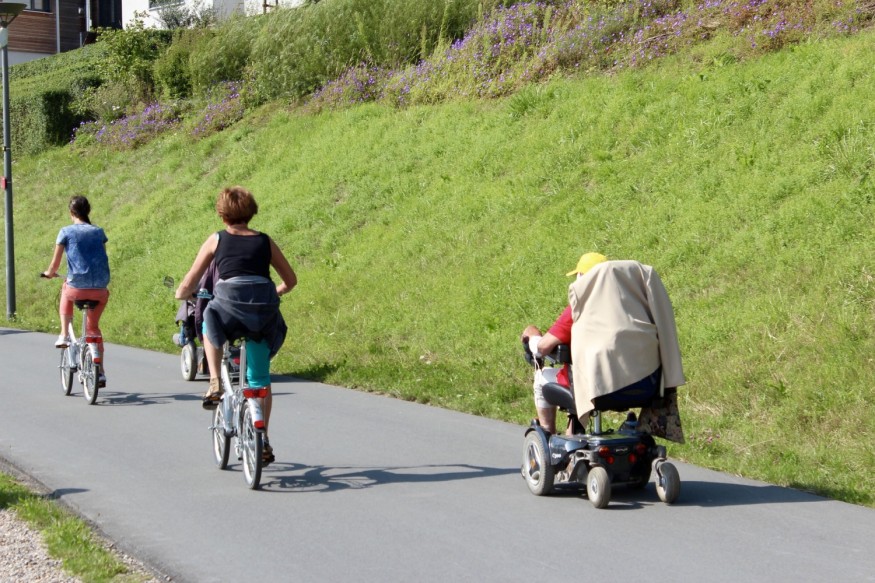A new system that examines the progression of patients receiving rehabilitation treatment has been developed by researchers from the University of Malaga.

Manual Collection of Data
According to Medical Xpress, the new treatment, in particular, enables precise progress monitoring while the patient engages in other activities. The frame is less expensive than similar products on the market, and its functionalities can be increased with add-ons tailored to the needs of each individual.
When patients are receiving rehabilitation services, therapists must assess a variety of data related to their progress during the exercises they are required to complete, including whether they are able to increase their walking speed, determine whether their gait is symmetrical, or bear some weight partially.
Professionals have manually collected this data up until now, which necessitates close observation of their actions. Although factory-installed module rollators are offered, they are too expensive for widespread use in all clinics. Additionally, adding more components makes them heavier, which alters the gait results and changes the gait pattern.
Walk IT Model
Therapists can only evaluate the progress of one patient at a time using conventional methods. The Walk-IT model, as it has been dubbed by the experts, allows the exercises to be done while the data is automatically recorded and assessed for later consultation. Professional attention is therefore not required as much because they do not have to spend time gathering the necessary data while the patient is receiving treatment. The article "Walk-IT: An Open-Source Modular Low-Cost Smart Rollator" from the journal Sensors describes this novel system.
Additionally, the programs used (the software) and the physical designs included (the hardware) are both open-source licensed, which substantially lowers the cost and enables its widespread implementation.
Rollators that track movement are hard to find on the market today; they are made to order and cost between €3,000 and €9,000, depending on the modules they have. According to Joaqun Ballesteros, one of the article's authors, the ability to add new observation elements to a standard rollator using low-cost devices and free software makes it an ideal option for use in any rehabilitation clinic and reduces the price to around 500 euros.
ALSO READ: Physical Medicine and Rehabilitation: New Study Suggests Stroke Patients May Take Up to 3 Months to Recover
Accurate Data Gathered Using Walk IT Model
According to NCBI, the researchers have enhanced the typical rollator with additional devices in addition to a control system. To begin with, they fastened load gauges to the handles in order to gauge the amount of support placed on each handle while walking. The rollator also has encoders on the back wheels that measure user speed and calculate stride length. A laser sensor that can detect foot movement, gait phases, and the presence of obstacles nearby has also been installed.
The data gathered from 11 patients receiving treatment have been confirmed by experts to match and even improve the accuracy of the data gathered by therapists using the conventional method. The only issue is that the laser needs to be able to see the patient's legs in order to observe them properly because, for example, when wearing long skirts, the data are not properly captured.
In order to provide more advantages to organizations interested in effectively implementing it in society, the researchers intend to continue the trials. To validate their findings and modify them so that they can be applied to more cases, they specifically suggest conducting research with people who have various forms of disabilities in hospitals and nursing homes.
RELATED ARTICLE: NCyborg Program: Can AI Robots Assist in Stroke Rehabilitation? Neuroscientists Develop Brain-Computer Interface to Find Out
Check out more news and information on Environment in Science Times.












